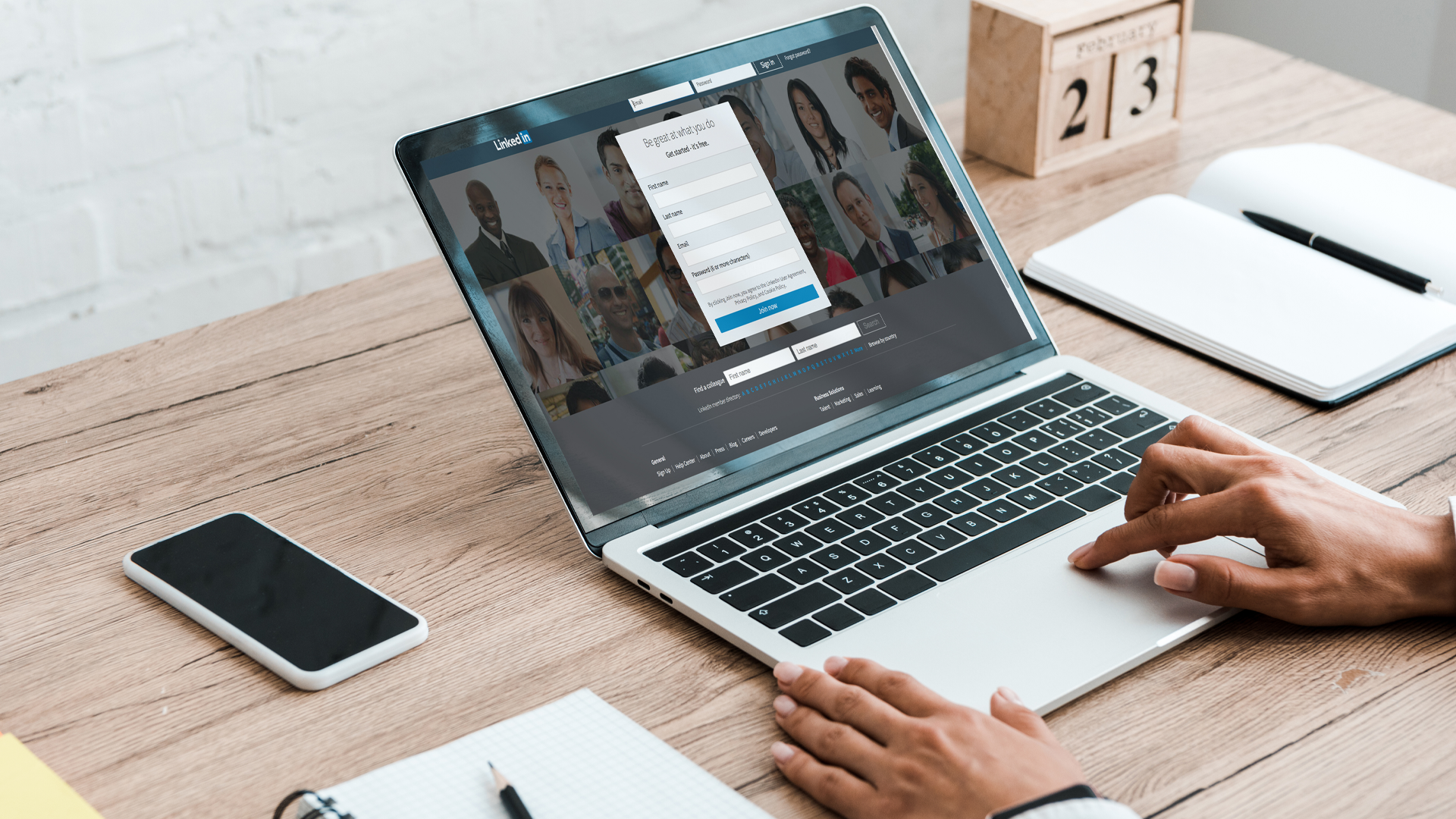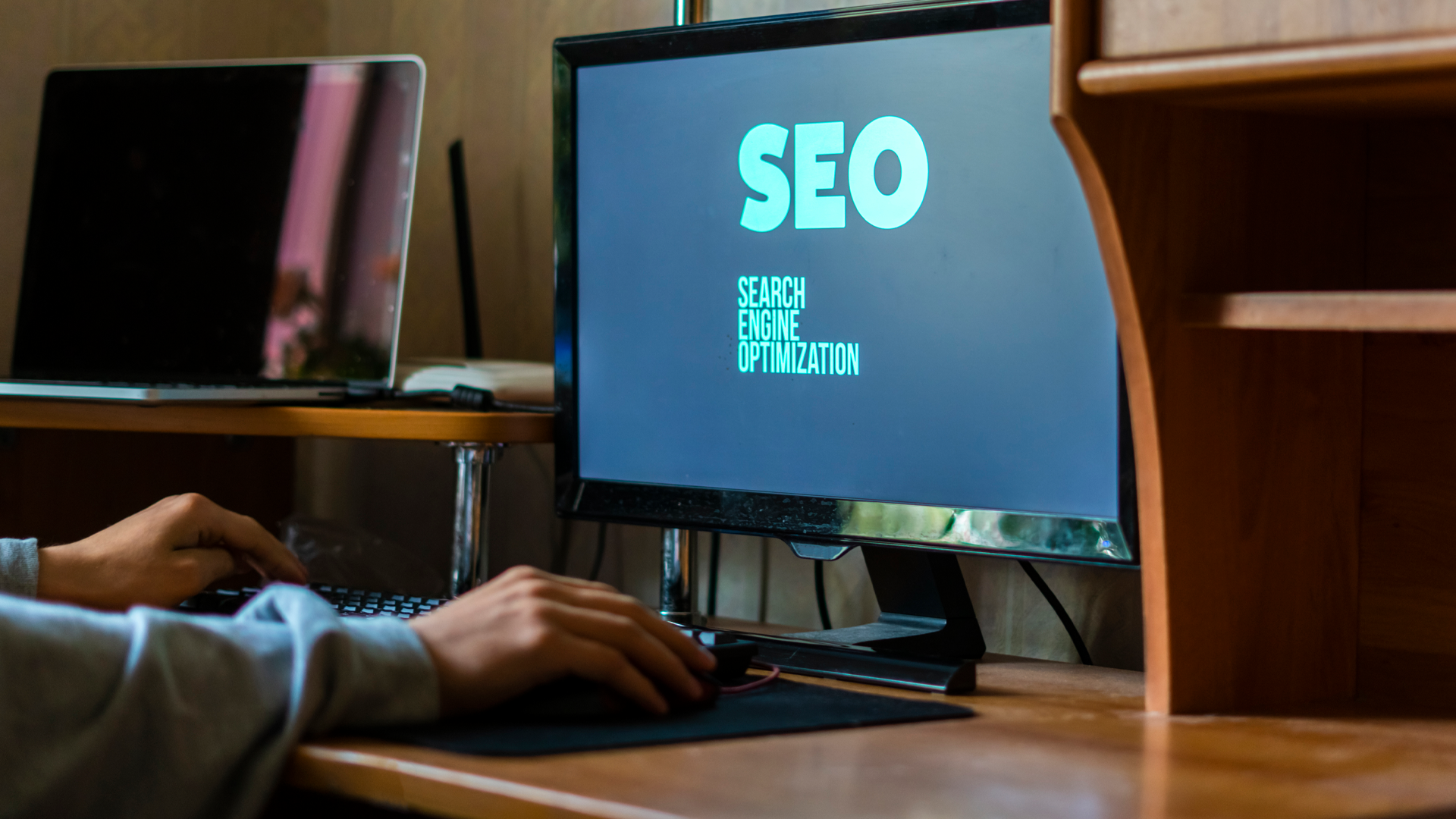In digital marketing, not all pages are created equal. Your landing page isn’t just another part of your website — it’s a crucial tool designed to convert visitors into leads, customers, or subscribers.
Whether you’re running ads, launching a product, or capturing email signups, a high-converting landing page can make or break your campaign’s success.
In this article, we’ll walk you through everything you need to know about building landing pages that truly perform — from the key elements and design best practices to psychological triggers and real-world examples that get results.
What Is a Landing Page?
A landing page is a standalone web page created specifically for a marketing or advertising campaign.
It’s where a visitor “lands” after clicking on a link from an ad, email, or other digital channel.
Unlike a homepage or general website page, a landing page is laser-focused on a single goal — such as making a purchase, signing up for a newsletter, booking a demo, or downloading a free resource.
Key Purpose:
One page, one goal, one action.
Why Landing Pages Matter
Research shows that companies with 10–15 landing pages see a 55% increase in leads compared to those with fewer than 10 (HubSpot).
Landing pages:
- Increase conversion rates by removing distractions.
- Match user intent by addressing what the visitor clicked for.
- Simplify the path toward completing an action (no browsing required).
- Allow better tracking of ad and marketing campaign performance.
In short: if you want better ROI from your marketing, you need strong landing pages.
Essential Elements of a High-Converting Landing Page
1. A Powerful Headline
Your headline is the first thing visitors see. It must grab attention instantly and make them want to stay.
Tips:
- Focus on benefits, not features.
- Be clear, not clever.
- Use numbers or powerful words if possible.
Example:
Instead of “Manage Your Time Better,” use:
“Get 10 Extra Hours Each Week with Our Smart Calendar App.”
2. Persuasive Subheadline
The subheadline supports your main headline by providing a little more explanation.
It should expand on the promise and encourage visitors to read further.
Example:
“Discover how our smart scheduling tool saves you hours every week — so you can focus on what really matters.”
3. Compelling Visuals
Humans are visual creatures.
High-quality images, videos, or graphics help visitors understand your product or offer faster and make your page more engaging.
Tips:
- Show the product in use.
- Use faces and emotions.
- Keep visuals consistent with your brand.
4. Clear and Strong Call to Action (CTA)
Your CTA is the tipping point where a visitor decides to act — or leave.
Best practices:
- Use action verbs (“Get Started,” “Download Free Guide,” “Claim Your Offer”).
- Make it big, bold, and easy to find.
- Keep it above the fold and repeat it if necessary further down.
Pro Tip: Color matters. Test different CTA button colors for maximum impact.
5. Benefits-Focused Copy
Focus on what the visitor will gain, not just what your product does.
Wrong way:
“Our app syncs with Google Calendar.”
Right way:
“Never miss a meeting again. Stay organized across all your devices effortlessly.”
Always speak to the reader’s needs, desires, and pain points.
6. Social Proof
Adding testimonials, reviews, ratings, case studies, or trust badges helps overcome skepticism.
Stats:
88% of consumers trust user reviews as much as personal recommendations (BrightLocal).
Types of social proof to add:
- Customer testimonials with photos.
- Case studies with real numbers.
- Logos of well-known clients.
- Trust badges (SSL certificates, awards, certifications).
7. Limited Navigation (or None)
A landing page isn’t a full website — it’s a focused experience.
Remove the usual website navigation menus.
Each link away from your landing page is a potential escape.
Rule:
One page = One action = No distractions.
8. Urgency and Scarcity
People are more likely to act when they fear missing out.
Use urgency and scarcity by adding:
- Limited-time offers (“Offer ends Friday!”)
- Limited availability (“Only 3 spots left!”)
- Countdown timers.
But always be authentic — fake urgency damages trust.
How to Structure a High-Converting Landing Page
Here’s a simple, proven landing page flow:
- Headline — Grab attention immediately.
- Subheadline — Explain the value proposition.
- Hero Image or Video — Visually demonstrate the offer.
- Benefits Section — Highlight key advantages.
- Social Proof — Build trust.
- CTA — Tell visitors exactly what to do.
- More Details (Optional) — For those who scroll.
- Final CTA — Catch anyone still undecided.
Real-World Examples of High-Converting Landing Pages
1. Airbnb — Host Signup Page
What They Did Right:
- Simple headline: “Earn money as an Airbnb host.”
- Benefits-focused: “You could earn $2,388 per month.”
- Minimal distractions.
- Clear CTA: “Get Started.”
Takeaway: Personalization (location-based earnings estimate) boosts conversion.
2. Dropbox — Business Landing Page
What They Did Right:
- Very simple and minimalistic design.
- Focus on benefits: “Everything your team needs, all in one place.”
- A video explaining the service in under 90 seconds.
- Bold CTA: “Try Free for 30 Days.”
Takeaway: Simplicity reduces friction.
3. Shopify — Free Trial Page
What They Did Right:
- Powerful headline: “Start your business with Shopify.”
- Benefits-first approach.
- No navigation menu — just focus on signing up.
- Short form with just email + password + store name.
Takeaway: Fewer form fields = Higher conversion.
Common Landing Page Mistakes to Avoid
- Too much text: Keep it scannable.
- Unclear CTA: Confuse them and you lose them.
- Overloading with options: Simplicity wins.
- Stock photos: Use real, authentic visuals whenever possible.
- Slow loading time: Every second delay hurts conversions by 7% (Kissmetrics).
Landing Page Optimization Tips
- A/B Test Everything: Headlines, CTAs, images, layouts.
- Use Heatmaps: Tools like Hotjar show where visitors click.
- Track Conversions: Set up goals in Google Analytics.
- Optimize for Mobile: 70% of web traffic is now mobile.
- Speed Matters: Aim for load times under 2 seconds.
Tools to Build Landing Pages Easily
If you don’t want to build one from scratch, here are tools that help:
- Unbounce: Drag-and-drop builder, great for testing.
- Instapage: Focused on high conversion.
- ClickFunnels: Built for funnels and lead generation.
- HubSpot: Integrates with CRM and marketing automation.
- Elementor (for WordPress users): Powerful and flexible.
Final Thoughts
A high-converting landing page isn’t about luck — it’s about strategy, psychology, and execution.
By focusing on clarity, benefits, trust signals, and a strong call to action, you can dramatically improve the performance of your marketing campaigns.
Remember:
- Speak to the user’s needs.
- Guide them clearly toward the action you want.
- Remove anything that distracts or confuses.
And always, always test and optimize.
Whether you’re launching a new product, building an email list, or promoting a service, a great landing page can mean the difference between a mediocre campaign and a wildly successful one.



